Summary
- D&D can be adapted for horror with books like Van Richten’s Guide to Ravenloft, bringing dark themes.
- Prioritize communication by hosting a session 0 to establish boundaries and preferences.
- Familiarize yourself with the cosmic horror genre through books, movies, and the Call of Cthulhu RPG.
Dungeons and Dragons has mostly found its fame telling wondrous tales of fantasy and adventure, featuring high fantasy elements such as an in-depth magical system and mythological beings among the likes of elves and dragons. However, not everyone wants to tell this kind of story, and some may want a darker adventure to terrify their players.
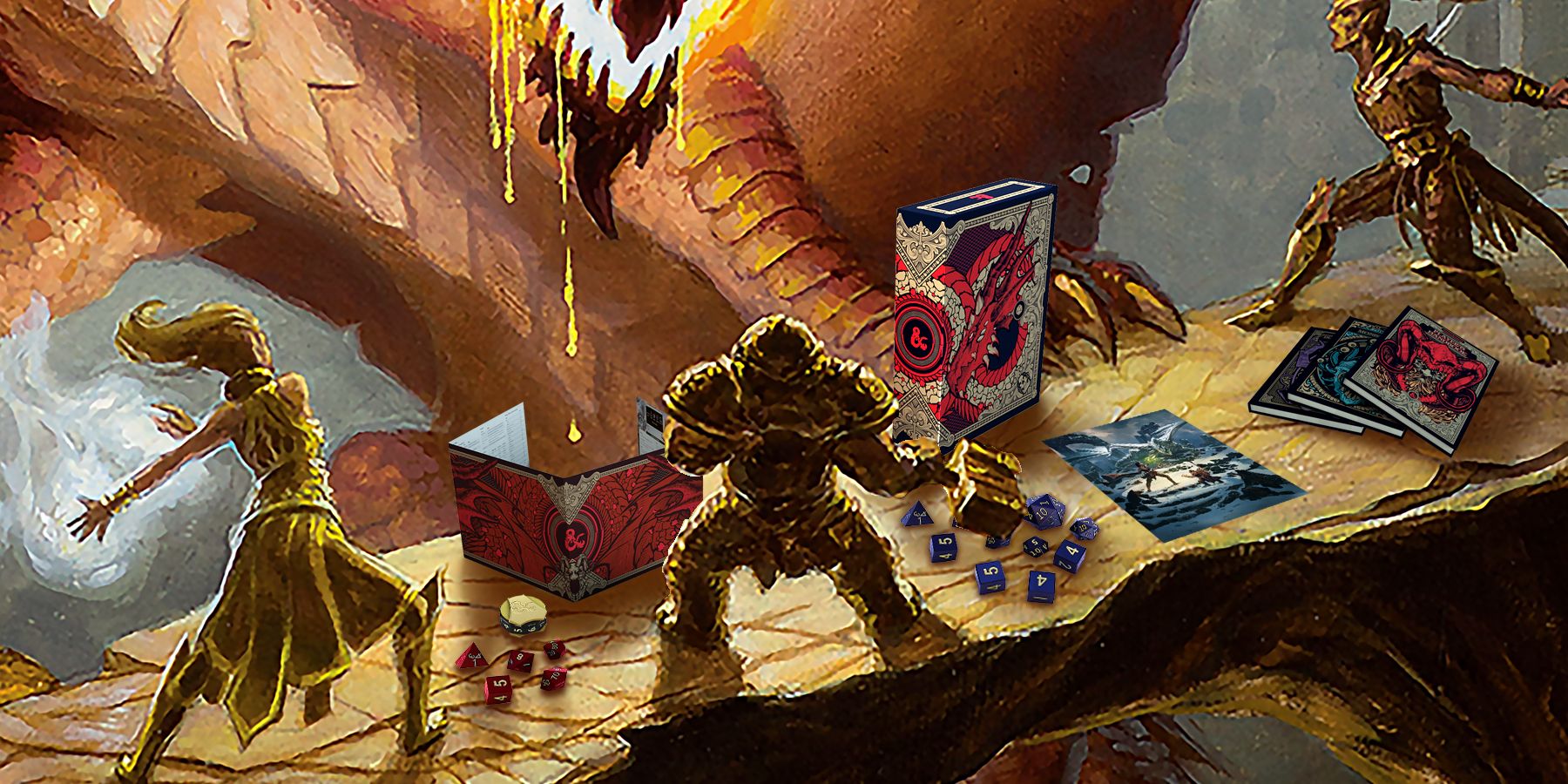
Related
Dungeons & Dragons: Tips For First-Time Players
D&D can look intimidating to newcomers. Worry not — with these tips and tricks, you’ll be slaying dragons in no time.
Books such as Curse of Strahd and Van Richten’s Guide to Ravenloft bring horror into the fold, delving into the Domains of Dread and the darklords that rule over these lands, proving that D&D can be a fantastic vehicle for horror, even subgenres such as cosmic.
1
Host A Session 0
The Correct Way To Begin Any Campaign
A good way for the DM to introduce what kind of campaign they want to run while listening to any players’ concerns or feedback is by hosting that all-important session 0 before the game starts. This way, the players know what may be in store for them, and the DM can hear any fears of the players, as there may be certain elements they don’t want to experience during a game of D&D.
There should be a level of compromise among everyone that will lead to a game all can enjoy, including the DM, as they too are a player in these games. A good rule of thumb is for everyone to make a list of anything they absolutely cannot stand in a game, which can be anything from scenes of slavery to even player character permadeath. Every table is different, and when running a horror game that can potentially push boundaries, it is good to establish a level of trust between all.
2
Become Familiar With The Genre
There Are Plenty Of Books, Games, And Movies
Cosmic horror is most famously tied to author H.P. Lovecraft who, while he did not begin the genre, became the most influential cosmic horror writer of all time, resulting in the term Lovecraftian to describe all things eldritch. The Necronomicon is filled with some of Lovecraft’s best work, so if DMs have the time, it may be worth reading just to refresh their memory and gain that important spark of inspiration.
If books aren’t their thing, there are countless movies and games that have been released over the past few decades that either directly adapt or are inspired by these cosmic works, such as the 2018 Call of Cthulhu game, or the 1994 movie In the Mouth of Madness – just two examples of the plethora of resources available.
3
Check Out The Call Of Cthulhu Tabletop
There Is A Game Dedicated To The Famed Cosmic Tale
While planning their cosmic-themed D&D adventure, it is worthwhile checking out Chaosium’s Call of Cthulhu tabletop role-playing game, which is dedicated to all things Lovecraftian. From famed locations such as Arkham to the famed eldritch god itself, Cthulhu.
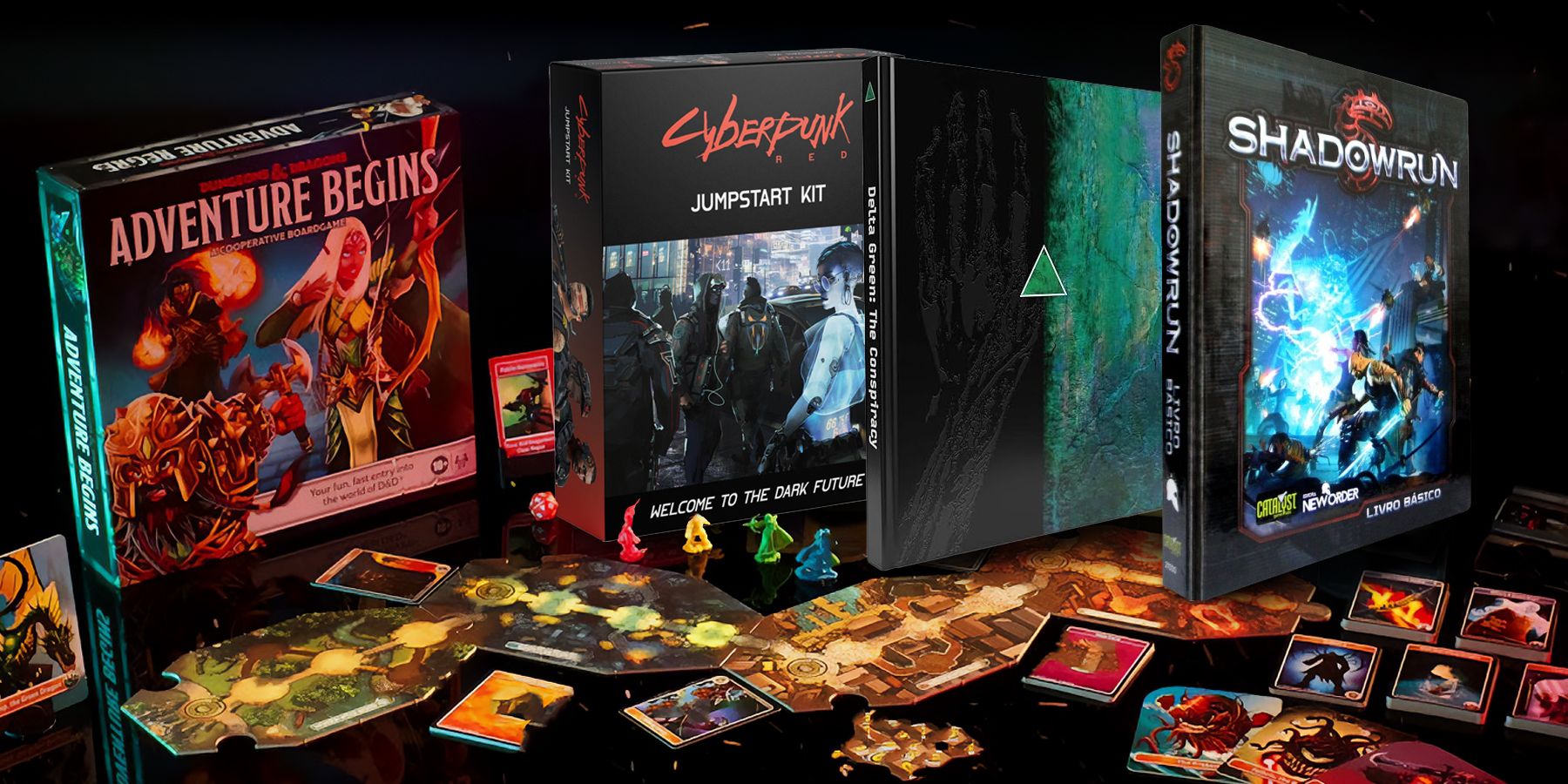
Related
Tabletop RPGs That Dungeons & Dragons Fans Should Try
Dungeons & Dragons is a fantastic RPG adventure but there are some great Tabletop titles out there that D&D fans would also enjoy.
It may be that the DM decides this is the best way to run a cosmic-themed tabletop game, as most of the groundwork will be laid out for them, with a plethora of pre-written adventures or plot hooks they could use. But the system is very different from D&D, and not everyone might like how differently it runs. If that’s the case, there are still plenty of creatures and plot hooks DMs could adapt to fit their particular adventure.
4
Look Beyond Faerun
Setting Is An Important Factor To Consider
While planning out a campaign, the setting is one of the most important factors to consider, as this could potentially make or break any game. Faerun is one of the most popular settings for D&D, purely because of the vast number of regions and cities on this continent, all of which have been given in-depth maps and lore across various books.
There are plenty of other settings that should be considered above Faerun though, as they will fit the eldritch story better. Places such as the Feywild, the Underdark, and the Astral Sea could all fit the bill nicely with their peculiar surroundings and unique creatures. In Van Richten’s, there is also a place called Bluetspur, a place where cosmic nightmares are made, and visited upon any creature who spends the night there. This would make the perfect setting if DMs are looking for somewhere new to place their campaign.
5
The Characters’ Sanity Will Be Tested
Facing The Unfathomable Will Test The Players’ Willpower
There is already a madness system implemented in D&D, which should certainly be used when running a cosmic horror game, as facing the horrors of the unknown will put the limits of their sanity to the test.
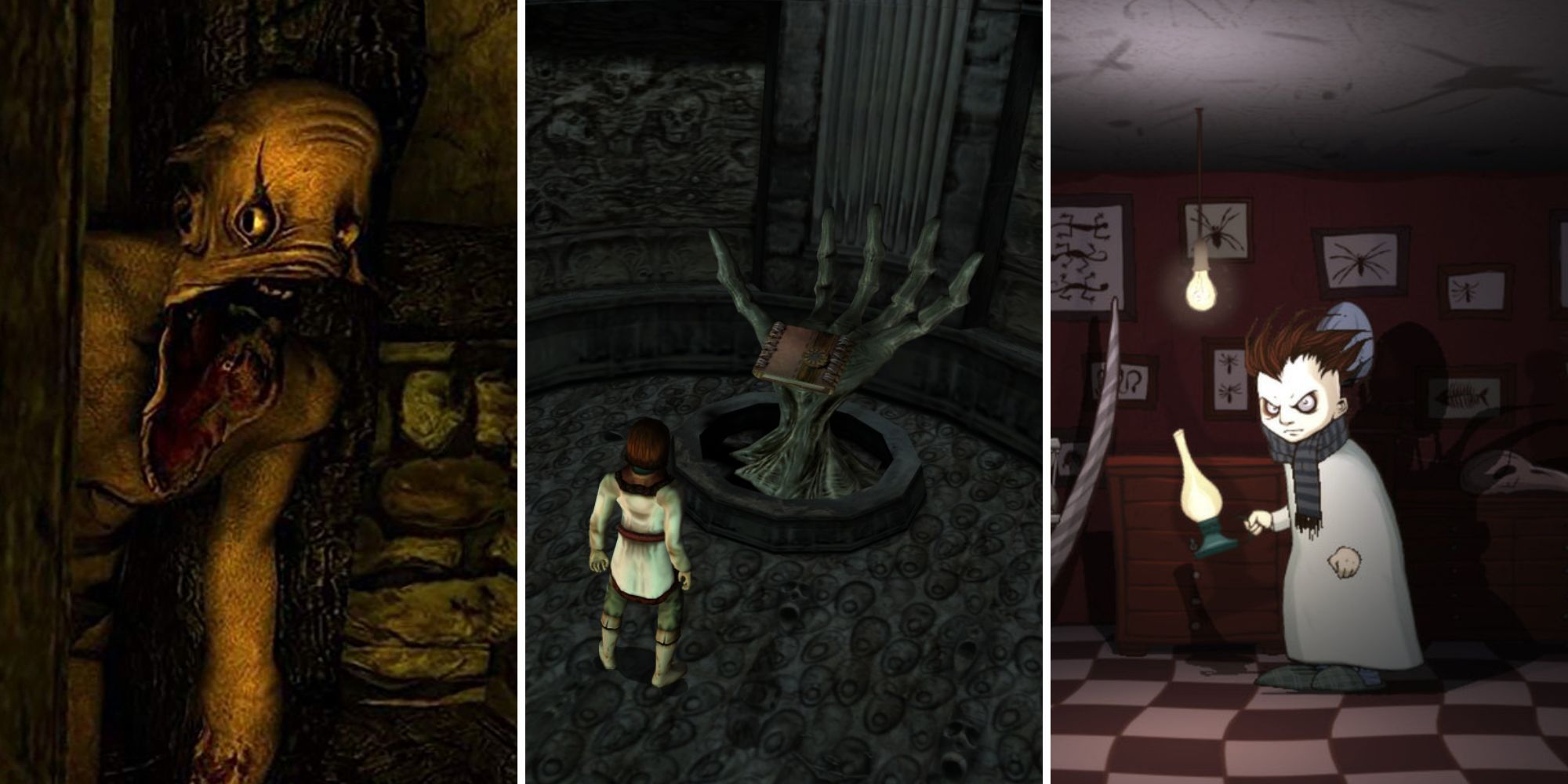
Related
Horror Games With The Best Sanity Meters
Sanity meters are common in gaming’s horror genre. These nine games implement the mechanic the best.
Facing off against certain creatures, witnessing unsettling events during explorations (like in the Amnesia games), or reading forbidden texts are just a few examples of events that will bring this mechanic into play, prompting them to roll just to see how badly they are affected. Since this will become a key part of the campaign, DMs can run this further by having the player see horrifying hallucinations of horrible creatures, or visions of ancient old entities rising depending on the result of their roll, or how often they have had to make a sanity check.
6
Know Thy Enemy
Among The Unknowable Should Be Tangible Threats
The main threats in cosmic horror are unknowable and unfathomable entities, defying the limitations of what humanoid brains can look upon and understand, but if these are the only threats, it might be a rather empty campaign. Random encounters and planned combat shouldn’t be dismissed just because it is a horror campaign, as players need to be challenged in strength of body, rather than just mind.
As such, DMs need to remember to include these encounters and can use enemies such as cultists who seek to bring their god to this world, as well as other horrifying monstrosities that fit into a cosmic game. Examples can include mind flayers, aboleths, beholders, and oblexes.
7
Provide Moments Of Calm
Players And Characters Need Breaks From The Onslaught Of Madness
No matter what kind of game the DM is running, there need to be moments of reprieve for the players, allowing them to recharge their resources, and give themselves a mental break from the toils of the game.
This is even more important in horror games, as it extracts a greater toll from the player. When confronted with horror after horror, it can stop being fun for the players, and results in leaving the game simply because they are overwhelmed. Allow characters to spend a night unchallenged, drop in a tavern or two where hope still exists in the world, and let them have moments to RP together to strengthen their bonds. This ensures they are ready and able to take on the next challenge, both the character and player.
8
Consider The BBEG
What Threat Or Cataclysm Is The Game Headed Toward?
Every game needs to lead somewhere, and that is usually in the form of the true monster of the game, and the strongest threat they will yet face in true gaming fashion. In cosmic horror, one of the biggest and most famous threats is the eldritch god Cthulhu, who in most stories slumbers in deep waters, awoken by his cult of devoted followers.
Cthulhu is a great threat to choose, being such an iconic Lovecraftian figure. Some players have homebrewed stat blocks for this unfathomable old god, but other creatures can act as the big bad while also being D&D monsters, such as the eldritch shoggoth, Astral dreadnought, or even a tarrasque if DMs feel their players are up to the challenge. The end-game challenge could also involve stopping a calamity, such as a cult set on ending the world to allow the Old Ones to flood it once more in true cosmic horror fashion.
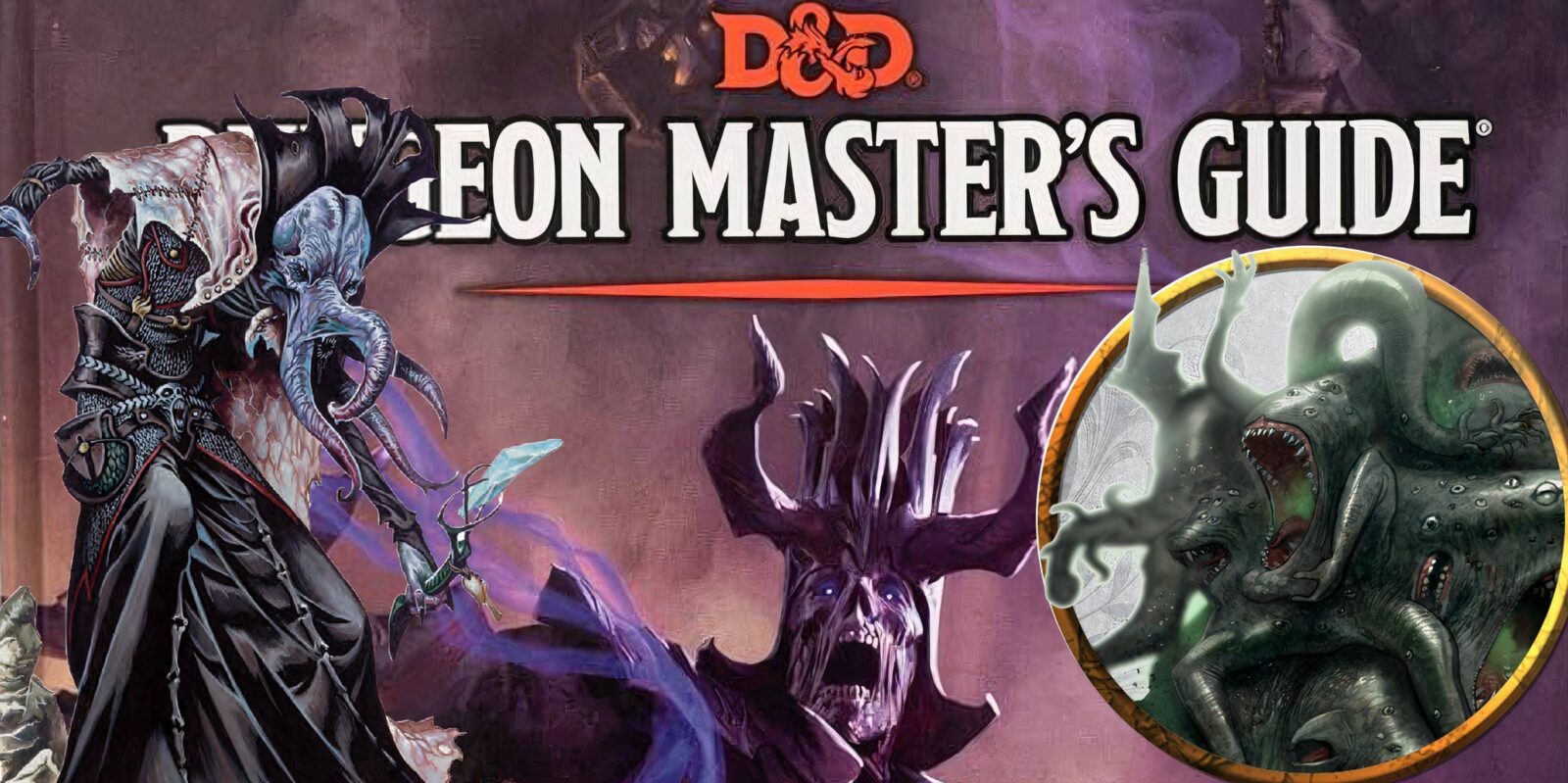
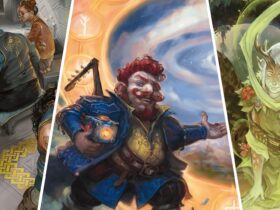
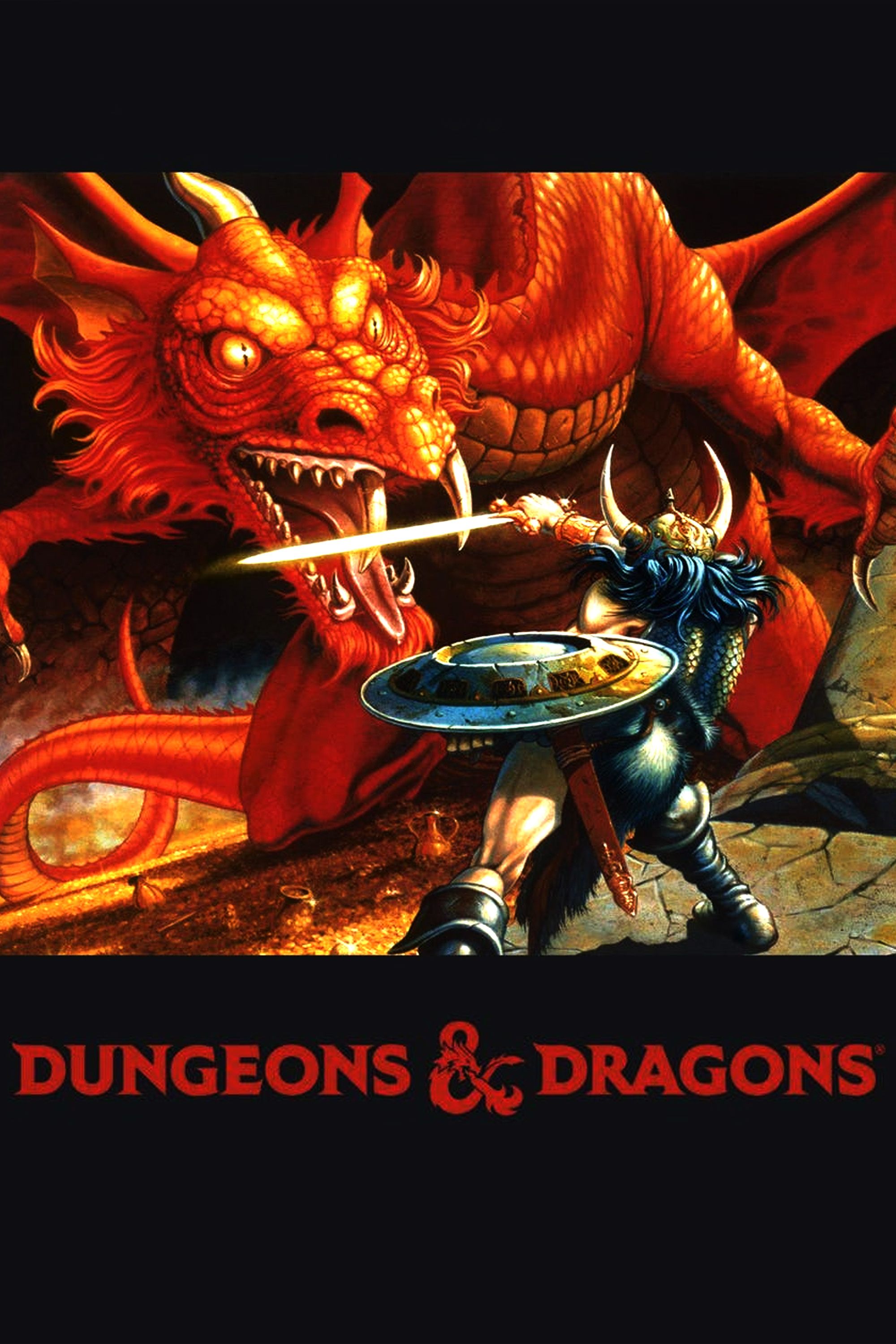



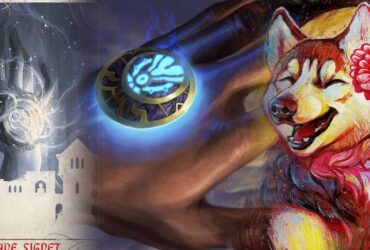
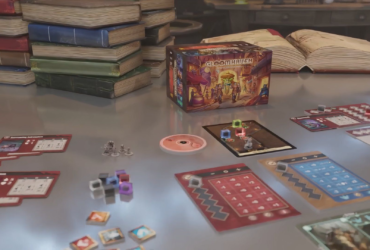
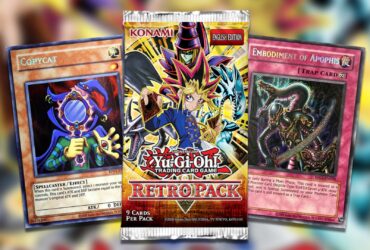
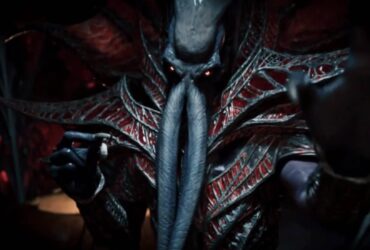

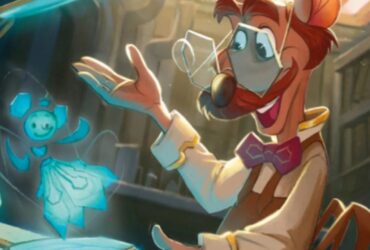
Leave a Reply